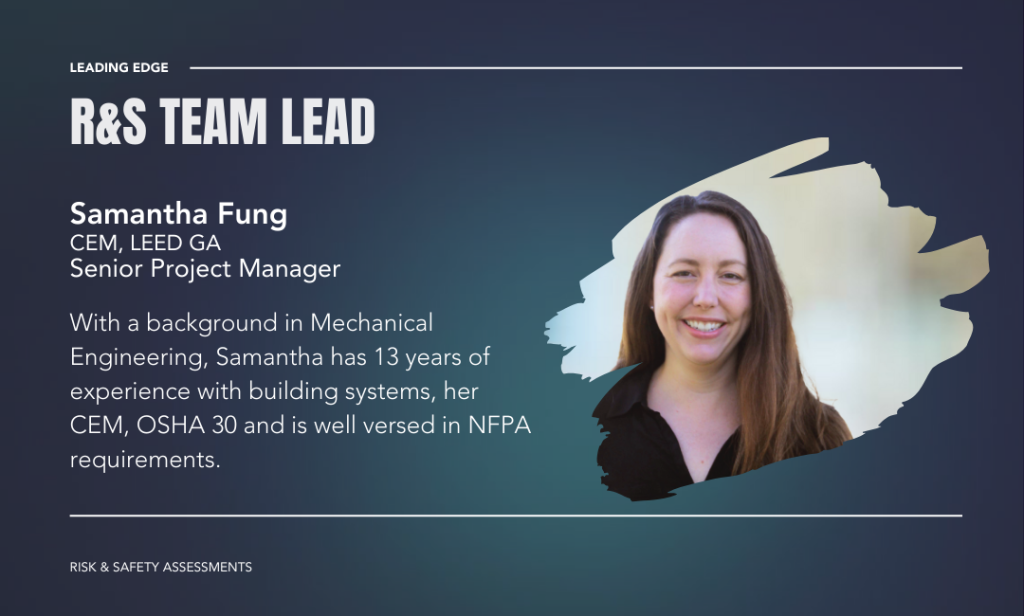Risk & Safety Assessments
A risk and safety assessment is a targeted evaluation of a property’s physical condition, safety protocols, and operational practices. It involves reviewing documentation, inspecting the site, and interviewing personnel to identify hazards, such as fire, electrical, or ergonomic risks and assess whether current controls meet standards like NFPA and OSHA. The goal is to recommend improvements that protect workers and ensure regulatory compliance.
These assessments proactively identify hazards, ensures regulatory compliance, and reduces liability, protecting people and streamlining operations. It demonstrates a clear commitment to safety, compliance, and stakeholder trust.
OSHA and NFPA each play central roles in risk and safety assessments by requiring employers to identify, evaluate, and control workplace hazards. These assessments are not just best practices, they’re mandated steps to ensure compliance, prevent injuries, and foster a safety-conscious culture.

Major concepts covered:
- Emergency Preparedness –emergency procedures including evacuation routes, drills and fire warden program
- Fire Life Safety– sprinkler & emergency power supply system testing, documentation, maintenance and repairs
- Electrical & Contractor Safety– ARC Flash, Energized work permits, contractor safety management program
- Team Safety– Hazard Assessment, safety program, training, PPE, hazard communication, SDS, container labeling policy, lock out tag out, Fall of a person or material
- Environmental Hazards-Disposal record, chemical storage, spill prevention, Indoor air quality
- Onsite Inspection– Fire Life Safety Systems, Electrical, Elevators, HVAC, Egress, Housekeeping and Signage
- Regulatory Compliance – NFPA and OSHA standards alignment, Documentation and reporting
- Follow up and monitoring – Action item verification, continuous improvement and reevaluation
Risk and safety assessments are a strategic tool for protecting people, strengthening operations, and reducing liability.
By proactively identifying hazards and aligning with OSHA and industry standards, these assessments help prevent incidents, improve workplace culture, and support long-term organizational resilience. They demonstrate a clear commitment to safety, accountability, and continuous improvement.
Connect with us to learn more about our services.
